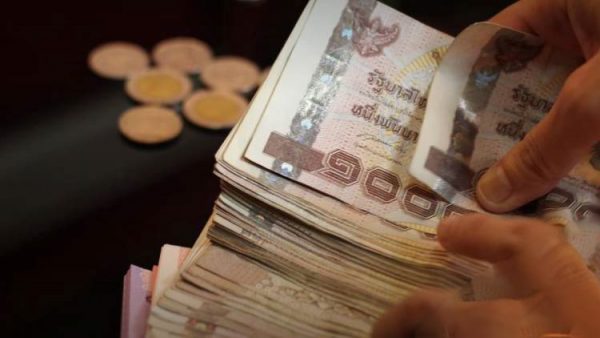Fake News will become endemic in Thailand

Over 7,000 fake news stories were reported in Thailand last year, according to the country’s Ministry of Digital Economy and Society (DES). The statistics indicate that most fake news involved misleading information about Thai government policy and healthcare.
As fake news has been growing Thailand, due to the increasing use of technology, people are now more aware of the problem. The quantity of fake news does not, however, seem to be reducing, said by Dr. Santiphap Phoemmongkhonsap, the Deputy Director of the Anti-Fake News Center of Thailand, at a seminar in Bangkok on ‘Training for the Trainers to Counter Misinformation and Disinformation in Life Sciences and Engineering’.
The event was organised by the Thai Young Scientists Academy (TYSA), the National Science Museum (NSM) and The National Academies of Sciences, Engineering and Medicine (NASEM). They discussed guidelines for clarifying and evaluating inaccurate and misleading information in fake news or misinformation and disinformation through scientific collaboration and communication. This can raise further awareness in preventing and reducing fake news.
For fake news, especially in healthcare-related news, it is quite challenging not to become trapped in misinformation and disinformation, and it is almost impossible to stop fake news from certain sources because there are many factors triggering people.
The Mechanism of Fake News
“Fake news that is related to us, our beliefs, or our emotions, tends to have more ability to convince us to believe. For this reason, some people can easily fall into the trap of fake news, since it plays with our emotions”, said Dr. Soontorn Sirapaisan, a researcher from the National Electronics and Computer Technology Centre (NECTEC), adding that the fake news mechanism involves lust, anger, love and greed, leading people to make poor decisions and face threat or danger.
Technical terms
To be specific, it can be more difficult to create appealing content which contains many technical terms. Fake news is written in a way designed to attract viewers and readers, unlike heavily technical items prepared by scientists, Associate Professor Dr. Tanyaluck Thientunyakit from TYSA explained.
Fake news can lead to distrust and even cultism. Intangible fake news, spread among communities, seems to be a challenge for authorities to prevent.
“Disinformation among the community spreads really fast and it is hard to completely shut it down,” said Dr. Chanin Suriyakul Na Ayudhya, director of the Division of Science Communication and Public Engagement at the NSM, adding that what can help communities prevent disinformation spreading is to make scientific information understandable by the community, but we need more science journalists and communicators to complete the mission.
While it can be a challenge to communicate with people with certain beliefs, religions and cultures, because they may not believe in experts or scientists, they tend to trust in volunteers from within their communities who speak their language, said Dr. Tanyaluck.
Guidelines for identifying fake news:
- Aggressive and exaggerated headlines
- Exploited, exploitative or plagiarised pictures or videos
- Unreliable and distorted sources
- Nonsensical information
- Negative intent
As misinformation and disinformation about healthcare are some of the items most commonly shared on social media platforms, it is a serious matter that can be life threatening. Dealing with fake news needs cooperative efforts from all sectors in society. It should be everyone’s duty to help each other to avoid spreading fake news, raise awareness about this matter and create greater media literacy.
By Warissara Sae-han, Thai PBS World






